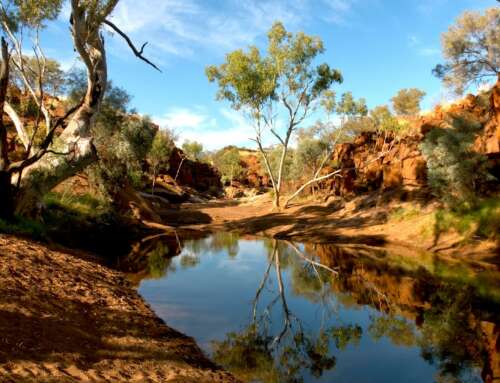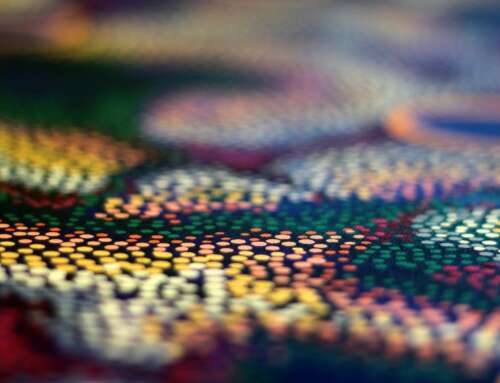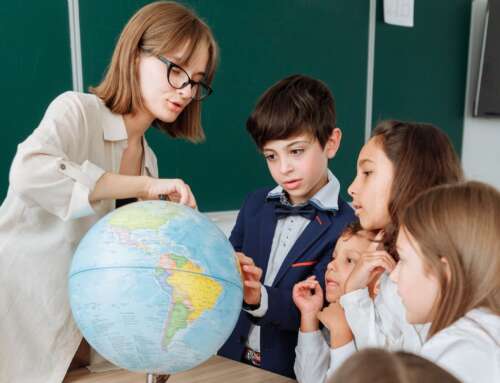
Flickr Images
A new conversation is happening in educational circles, with many speaking up about the need for kids and teens to become ‘porn literate’. It is increasingly evident that kids cannot cope with the onslaught of hyper sexed, supranormal, graphic, abusive, body punishing, downright degrading images they can openly access at the click of a button. Some kids mimic what they see in their behaviours towards others; some are traumatised and wet themselves when recalling horrors their little brains can’t process; others are turned off sex for life, and share “If that’s what sex is, I don’t ever want to have it”. Yes, we have a crisis. And yes, our kids need all the protection, equipping and restoration we can give them.
However, ‘Porn Literacy’ will fail to effectively address porn culture, particularly if it’s the version advocated for by UK voice Jenni Murray, who recently called for porn to be shown in classrooms. The argument is that carefully chosen examples of pornography could be shown to teenagers from, say, the age of 15.
Proponents of this approach need a lesson of their own – in neuroscience. The brain, particularly throughout adolescence, is still under construction and at higher risk of being hijacked by unhealthy patterns of behaviours. The ‘brakes’ of the developing pre-frontal cortex need strengthening through continual ‘smart choices’ as young people mature. Undoubtedly, one of the smartest choices young people can exercise is self-control. Showing porn in the classroom is the antithesis of self-control and places teachers in a precarious state as they navigate a room full of horny teens. This approach flies in the face of professional standards to ‘do no harm”.
Other versions of ‘Porn Literacy’ encourage young people to consider media literacy, increased access to sexual information, and greater conversation about gender, race, consent, and power. This promotes sexual pleasure and productive solutions to sexual harm. It asks questions such as ‘What role does it play in your life and relationships?’; ‘What messages about yourself or about potential (or current) sexual partners do you receive from porn?’; ‘How do these messages align with your values and real life actions?’; and ‘What feelings come up for you before, during, and after you watch porn? Is it a positive, entertaining experience, or does it cause you some level of distress?’
This approach seems rational and reasonable; however, it only tells part of the story and will fail both our young people and the broader community.
If we, as a society, have any hope of raising kids to stand against the onslaught of porn culture and tsunami of power imbalanced messages it ushers with it, we need something much stronger than porn literacy. We need ‘Critical Porn Analysis’ which is a much tougher conversation. This approach asks how porn is impacting individuals, relationships, families, communities and nations. And it asks kids and teens to play a conscientious role in healing the harms done thus far.
Critical Porn Analysis teaches kids online protective behaviours; the impact of pornography on the brain that triggers arousal and orgasm to ‘scenes’ that are not a part of most adults’ relationships; the addictive nature of pornography; high rates of erectile dysfunction and arousal disorders experienced by long term users; body image issues and performance anxieties; and pornography’s contribution to relationship breakdowns and divorce.
Critical Porn Analysis exposes the multi-billion-dollar industry that influences the construction of sexuality and hijacks natural bents to previously unwanted desires. It highlights how watching porn fuels human trafficking and the ever-increasing demand for women and children to be sold into slavery. It stresses how porn promotes acceptance of attitudes that promote inequality, racism and degradation – and refuses to call this entertainment. It provides an upfront conversation about increasing sexual violence towards women, triggered by partners who insist they need to get off by replicating what they repeatedly watch online. And a ‘Critical Porn Analysis’ is honest about how porn deceives a significant minority of young people into ‘self-exploitation’ and behaving in harmful ways towards themselves and others.
Yes, we absolutely need to educate our kids and teens about porn. But when you hear the word ‘porn literacy’, ask a few more questions before you say ‘yes’.
– Liz Walker
Liz Walker is a sexuality educator and Managing Director of Youth Wellbeing Project, providing holistic relationships & sexuality education to enhance children and young people’s protective behaviours, quality of relationships and resilience to porn culture. Liz is also the Chair of Porn Harms Kids, addressing the harms of children and young people accessing online pornography.







Leave A Comment